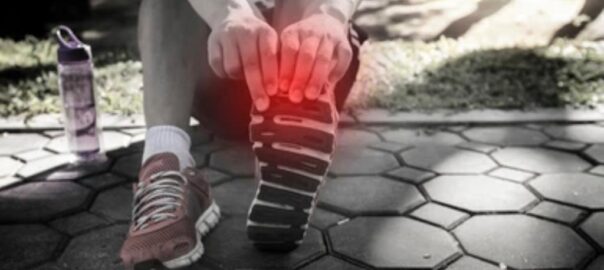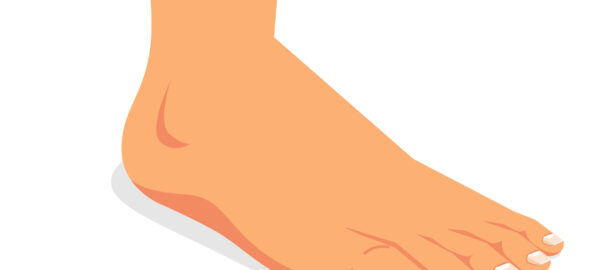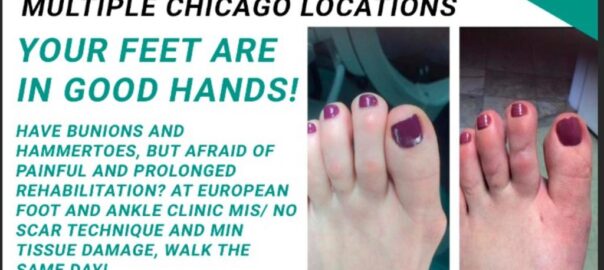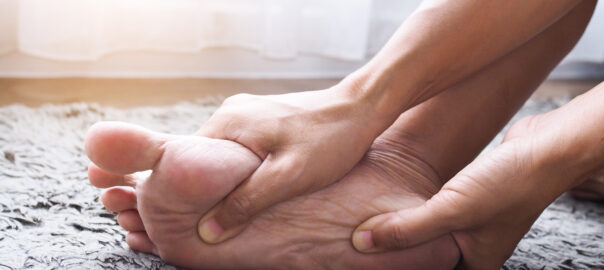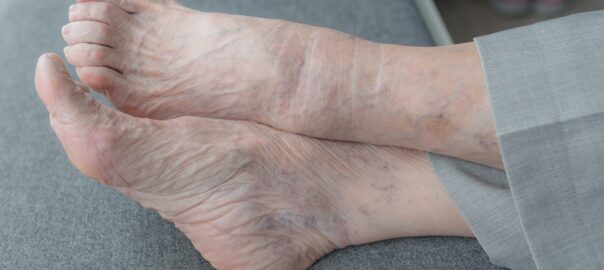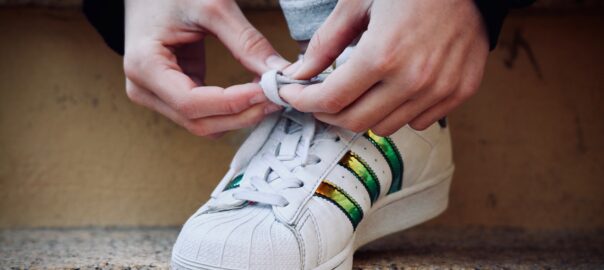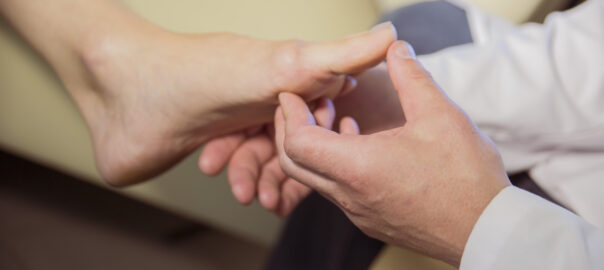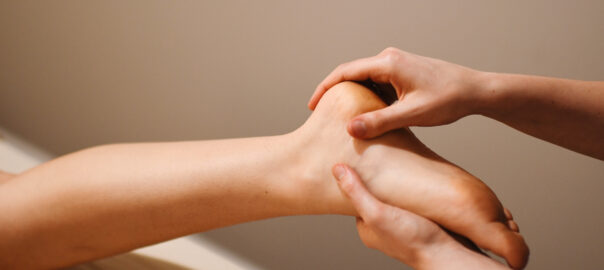Morton’s Neuroma
Morton’s neuroma is a painful condition that impacts the ball of your foot.
Neuromas are thickenings of nerve tissue that are the result of compression and irritation of the nerve. This compression creates swelling and enlargement of the nerve, which can lead to permanent nerve damage if left untreated. A neuroma can occur anywhere in the body. The most common type of podiatric neuroma is a Morton’s neuroma. Most commonly, a neuroma is the condition where the nerve between the two toes inward from your pinky toe that becomes irritated and enlarged. Since our nerves allow us to process and feel pain, you can imagine how an enlarged nerve trapped between two solid bones would be a painful experience. Neuromas can be so painful that some people wind up visiting urgent or emergency care centers thinking that they have broken their foot! Sometimes this isn’t far from the truth, either.
What Causes Morton’s Neuroma?
Morton’s neuroma can develop when you overwork your digital nerve. Common causes of the foot condition include:
- Wearing high heels
- Wearing tight shoes or shoes with a narrow toe box
- Doing sports that involve constant repeated flexion of the ball of the foot, such as running
Some neuromas respond well to conservative treatment options aimed at reducing the pressure and irritation around the nerve so inflammation and pain can resolve. Often, switching to footwear that fits properly can provide significant relief of symptoms while also reducing the pressure that causes nerve inflammation. Avoiding high heels is also important since the sloped shape of the shoe can significantly increase pressure on the ball of the foot where neuromas are most likely to occur.
Our podiatrists use advanced and innovative European neurolitic dehydrated alcohol injections to shrink neuromas and provide long-term , non-surgical solutions wherever possible.
Custom orthotics and Gel silicon toe cups ( latter currently available ONLY at our mobile services ) can be very effective in helping relieve pressure on nerve tissue so pain and inflammation can resolve. Pain medications including both oral medicines and injected solutions such as European homeopathic as well as Dehydrated Alcohol, Plasma PRP or Steroids can also be effective in providing immediate relief for symptoms, including both pain and inflammation. Other techniques like extracorporeal shockwave therapy can also be effective in treating neuromas and relieving symptoms. When surgery is necessary, the doctors use minimal incision/no scar surgeries to improve recovery time and reduce the risk of scarring.
Call to make an appointment: 773-205-0106
Read more: https://europeanfootandankleclinic.com/service/neuroma


